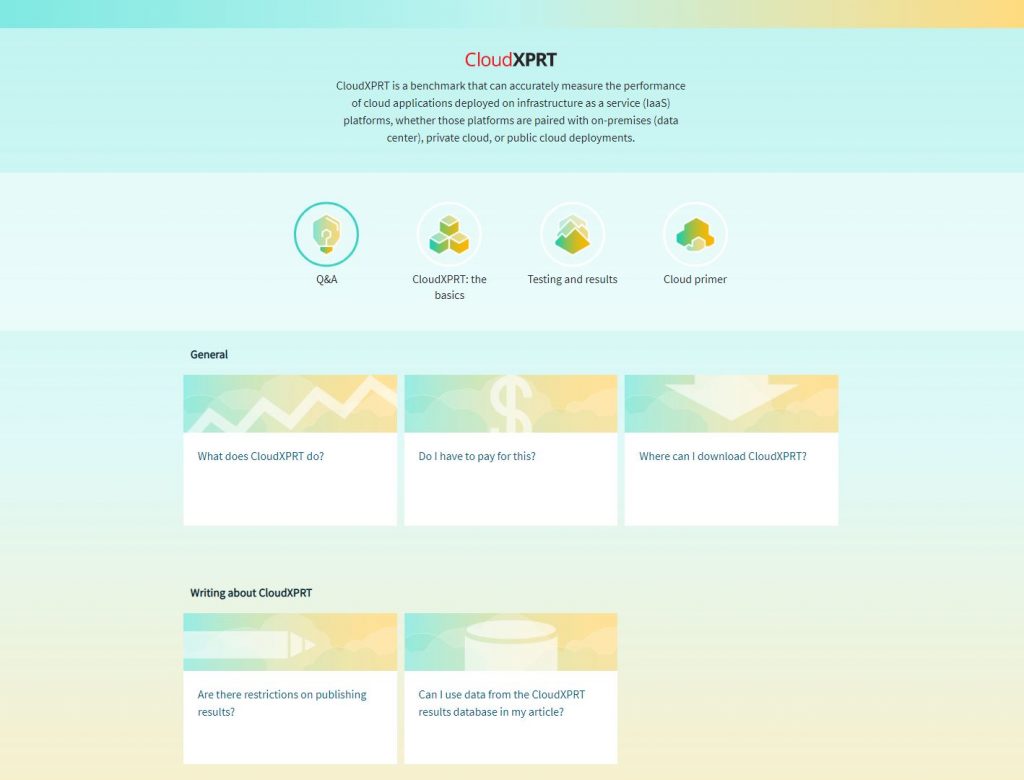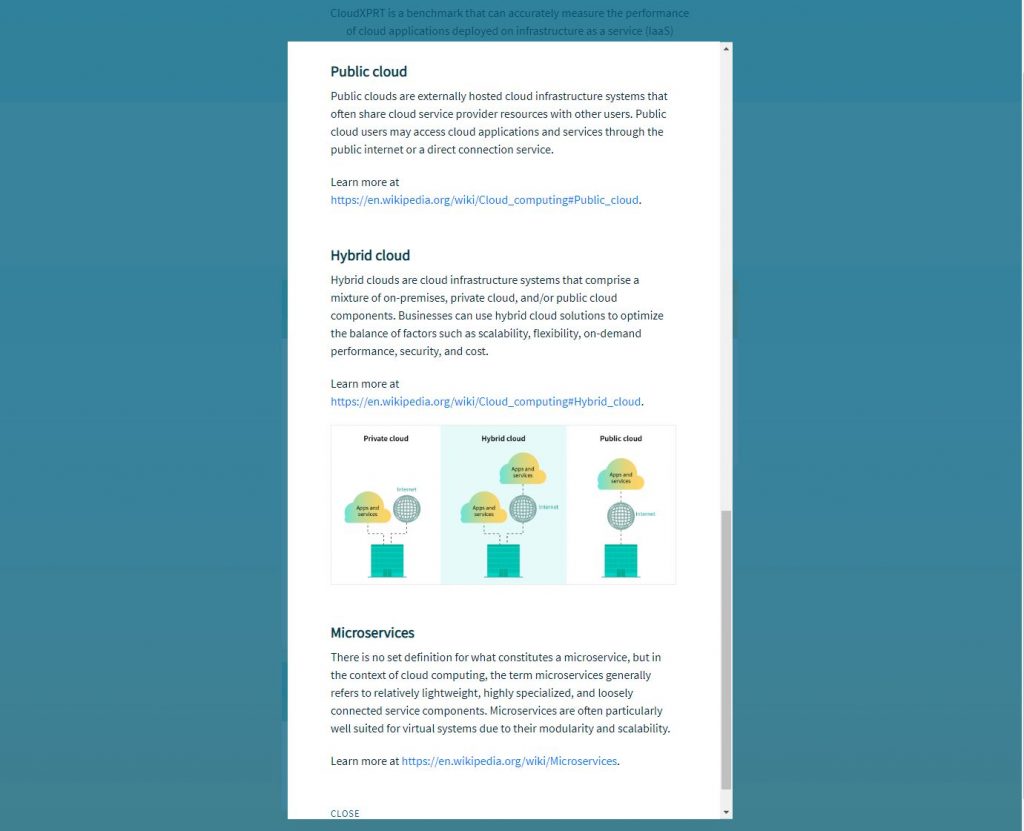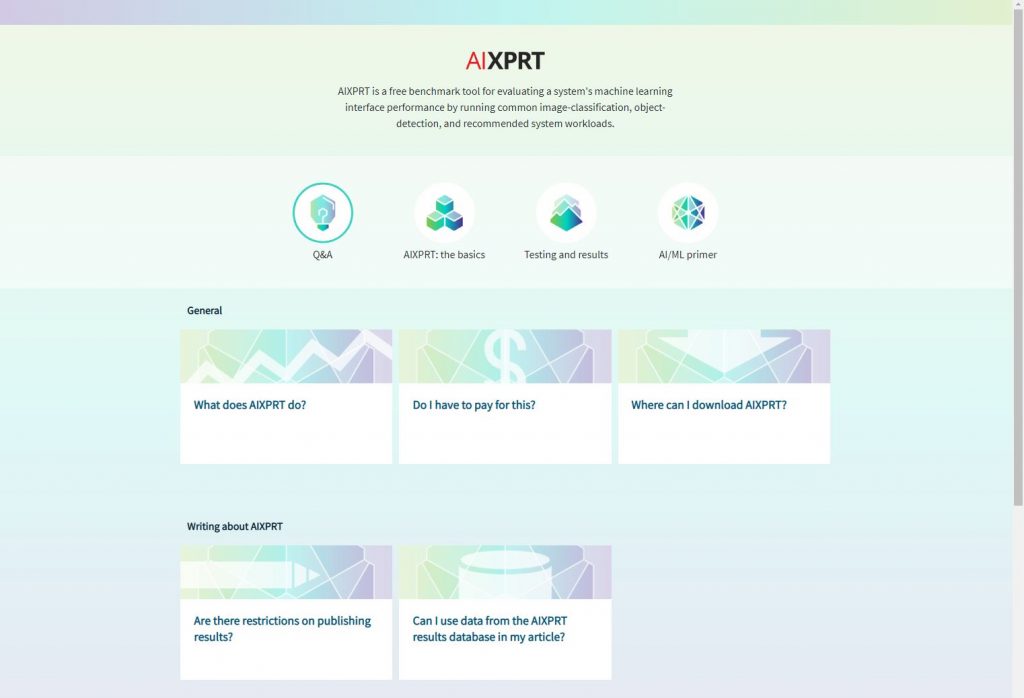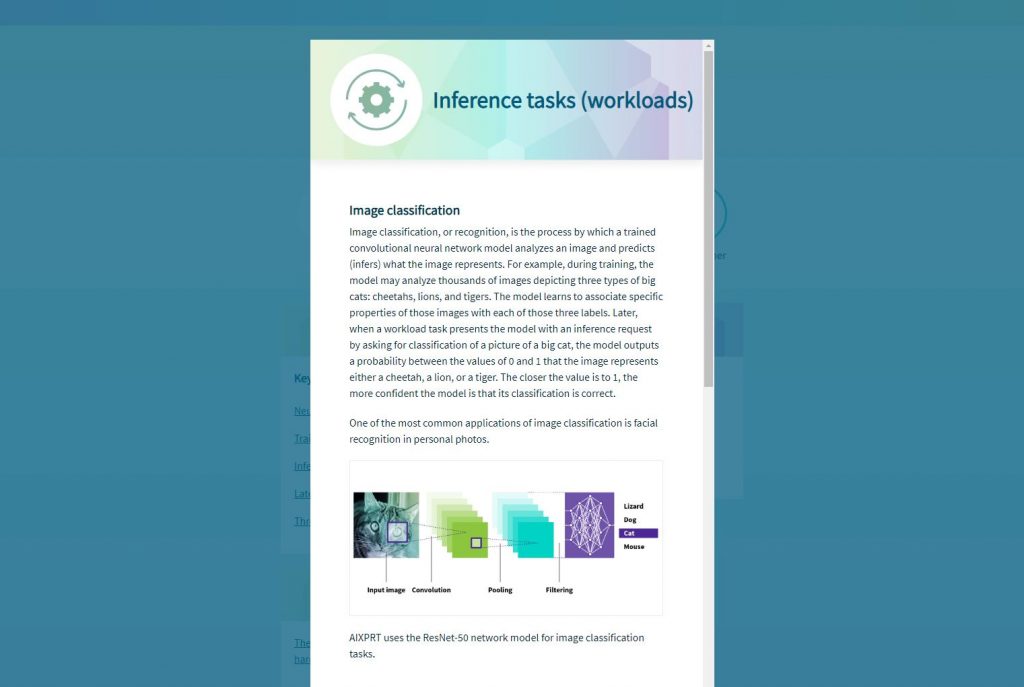Yesterday, we published an updated CloudXPRT Data Analytics workload package that fixes a problem during the package installation process. CloudXPRT uses the Helm utility, which serves as a package manager for the Kubernetes container orchestration system. Helm accesses files in a default repository, and the version of Helm that we originally used with CloudXPRT tries to access files that are no longer available. We fixed the problem by updating the code to use the latest version of Helm.
This update does not change how the benchmark workload runs, and has no impact on benchmark results. We apologize if this bug caused headaches for any testers during installation, and we appreciate your patience as we worked on a fix.
As a reminder for testers interested in experimenting with the CloudXPRT Data Analytics workload, the Overview of the CloudXPRT Data Analytics Workload paper is now available. You can find links to the paper and other resources in the Helpful Info box on CloudXPRT.com and the CloudXPRT section of our XPRT white papers page.
If you have any questions, or have encountered any obstacles during testing, please let us know!
Justin
















